Categories
- Argentina
- Chile
- Antarctica
- Easter Island
- Falklands (Malvinas)
- Bolivia
- Peru
- Uruguay
- Paraguay
- Brazil
- Venezuela
- Colombia
- Ecuador
- Galapagos
- Panama
- Costa Rica
- Cuba
- Nicaragua
- Honduras
- El Salvador
- Guatemala
- Belize
- Mexico
- Latin American Xmas
Pages
- Map of South America
- Home Page
- First week in Latin America – October 2009
- Map of Central America
- Contact Us
- The Jesuit Missions in South America
- A week in Buenos Aires
- Street Art of Buenos Aires
Archives
- October 2011 (3)
- September 2011 (9)
- August 2011 (10)
- July 2011 (7)
- June 2011 (6)
- May 2011 (11)
- April 2011 (10)
- March 2011 (4)
- February 2011 (5)
- January 2011 (6)
- December 2010 (6)
- November 2010 (4)
- October 2010 (8)
- September 2010 (5)
- August 2010 (7)
- July 2010 (5)
- June 2010 (6)
- May 2010 (6)
- April 2010 (7)
- March 2010 (6)
- February 2010 (9)
- January 2010 (4)
- December 2009 (8)
- November 2009 (5)
- October 2009 (2)
Chachapoyas
08th September 2010
An overnight bus took us off the gringo trail to Chachapoyas in the highlands of Peru´s Amazonas Province. Surrounding the delightful plaza are white balconied colonial buildings and dazzling white church. Our Hostal Amazonas and associated tour agency was inside one of them, with a lovely central courtyard. Outside of town, Señor Isove proudly shows off his orchids, collected from the surrounding area as a way of conservation.
.
We came to visit the ruins of Kuélap, a pre Inca fortified city of round stone dwellings at 3000 meters and a commanding view of the surrounding valleys. It was built in the 6th century by a fierce cloud forest dwelling civilization, the Chachapoyas. We found there was so much more to see, so we hiked up to an ancient burial site to the south, the Mausoleos de Revash, where important dead were laid to rest high up on the cliff face in natural crevices in the rock.
.
Further south, the little community Museum of Leymebamba contains 219 mummies and funeral offerings found recently (1997) near the Laguna de los Condores. The mummies were wrapped in textile with a face sewn on the outside. Opposite the Museum a lady feeds hummingbirds in her garden.
.
To the north of Chachapoyas we climbed to the Sarcofagos de Karajia where the mummies were carried up the cliff and a sarcophagus of clay and straw in human form was built around them. They stand up to 2 metres high and weigh some 200 kilos each. It is truly an eerie feeling to look up and see them all lined up along the cliff face.
.
It was well worth the trek down to El Pueblo de los Muertos, called the Village of the Dead for the many burial sites in the one area. Human bones, disturbed by grave robbers lie scattered around.
.
This remote area receives few visitors but has so much to offer and more is being discovered in very hard to reach places.
.
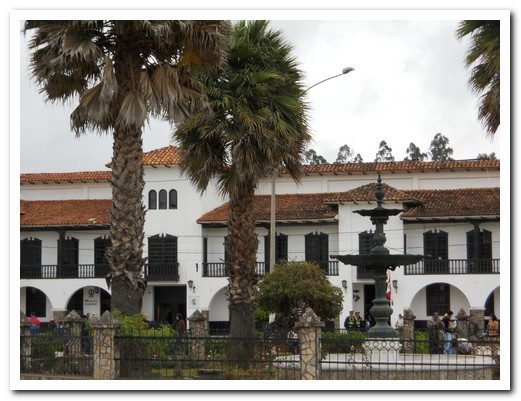
Chachapoyas Plaza
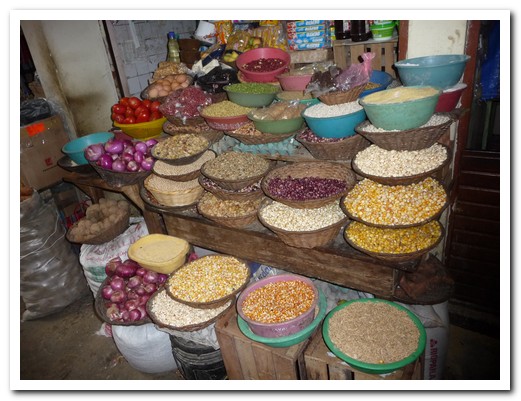
Many varieties of corn in the market
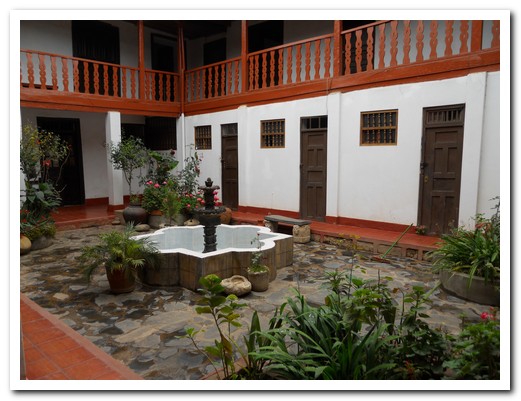
Hostal Amazonas
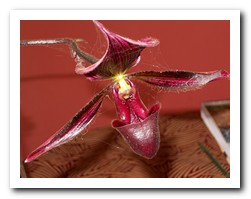
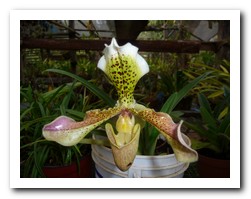
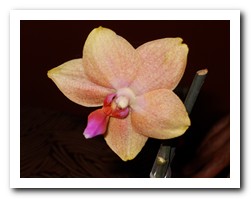

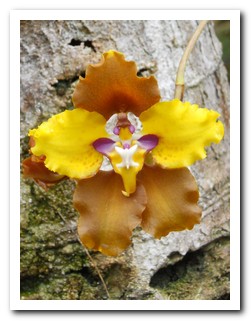
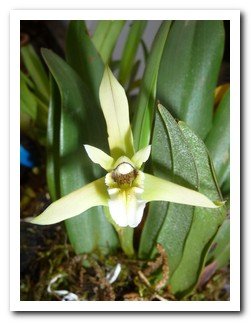
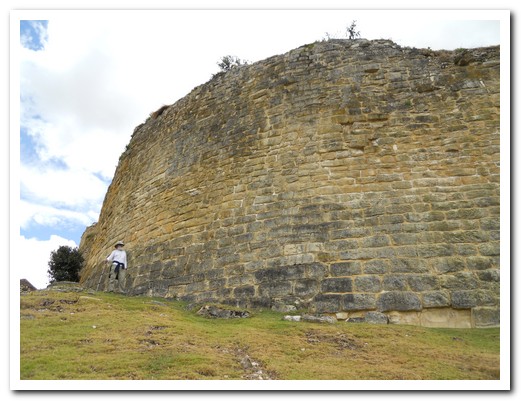
Kuélap fortress walls
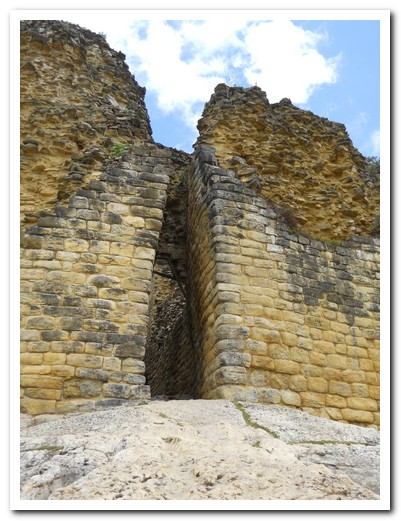
Only one person can enter Kuélap at a time
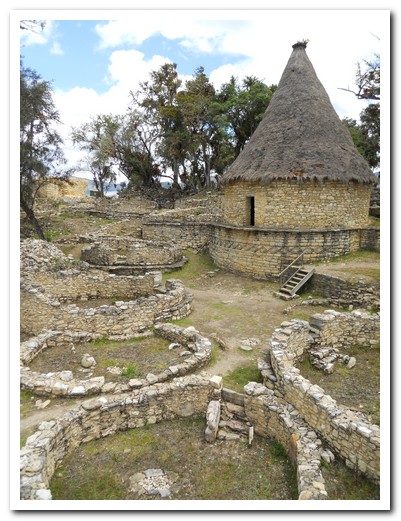
Reconstructed dwelling inside the city - there were 400
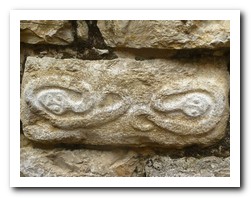
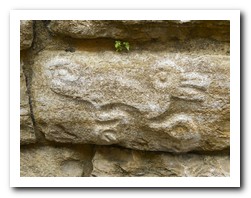
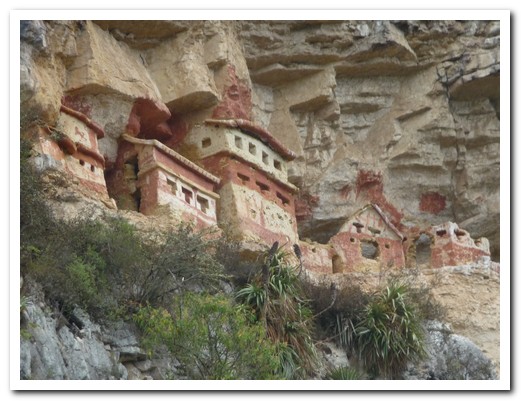
Mausoleos de Revash
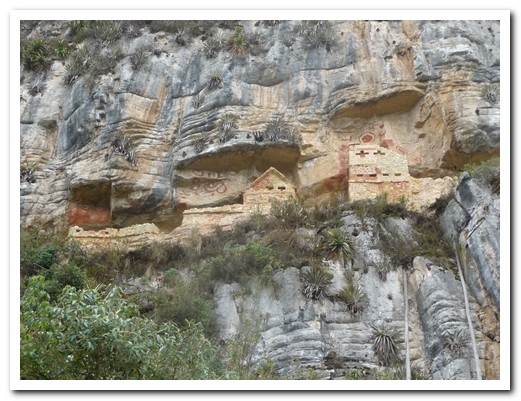
Mausoleos de Revash
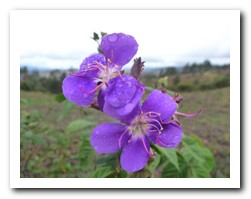
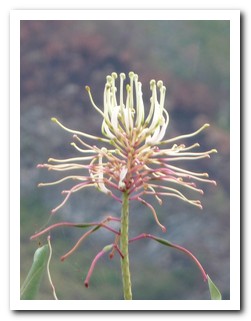

Wrapped mummy from Laguna de los Condores
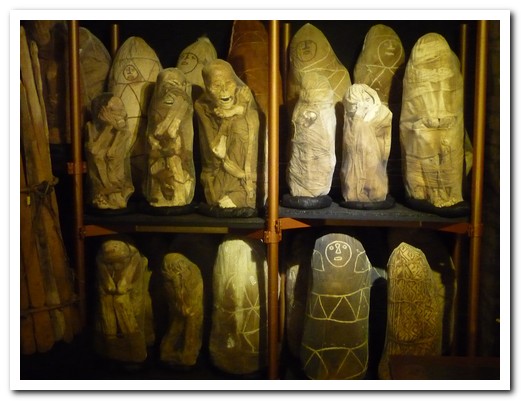
Mummies stored in the Leymebamba Museum
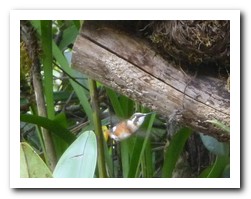
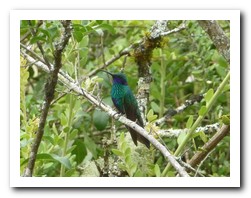
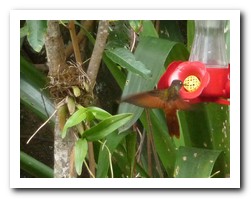
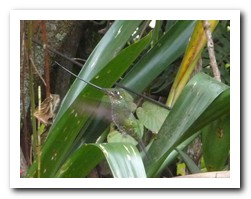
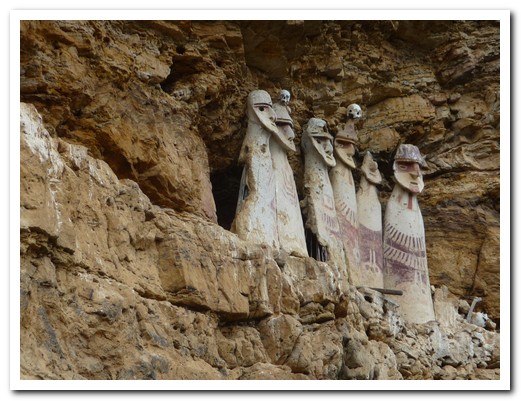
Sarcófagos de Karajia
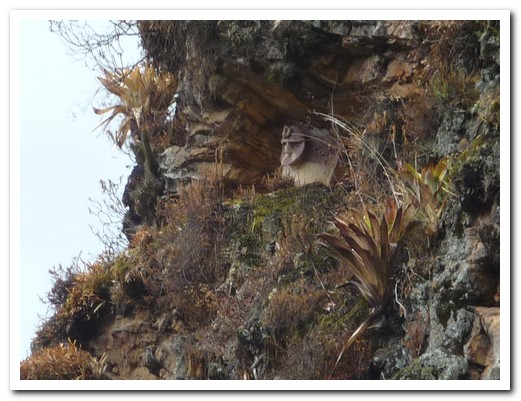
Inca head tomb in the cliffs
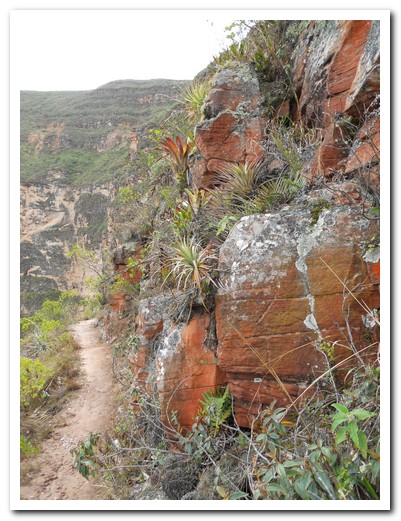
The path to El Pueblo de los Muertos
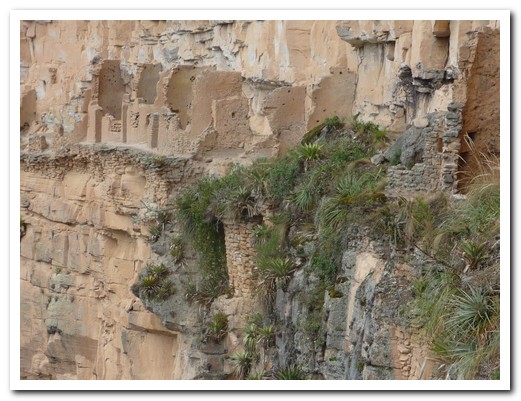
Village of the Dead
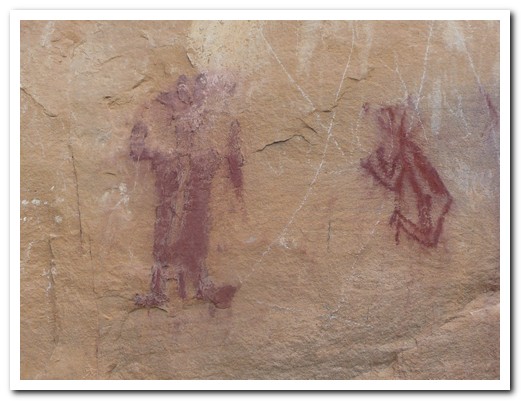
Rock paintings indicate a burial site

Two faces look out in different directions
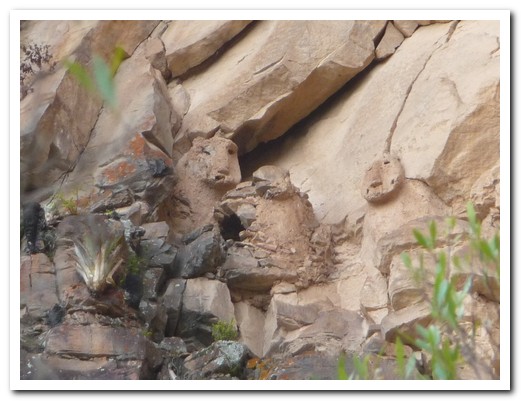
A group of three

Broken open by grave robbers
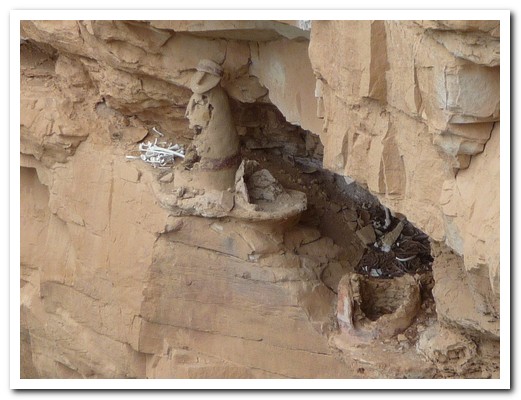
Bones scattered around
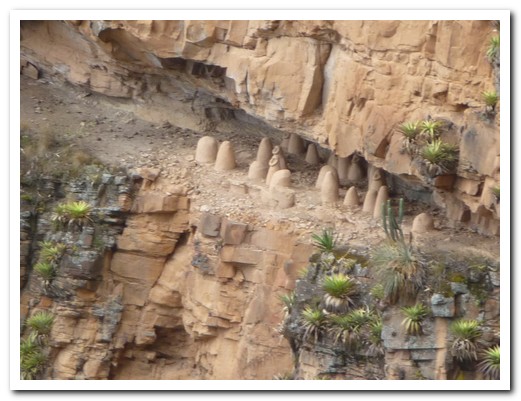
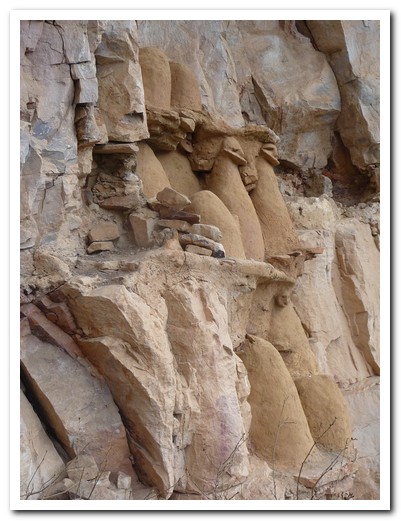
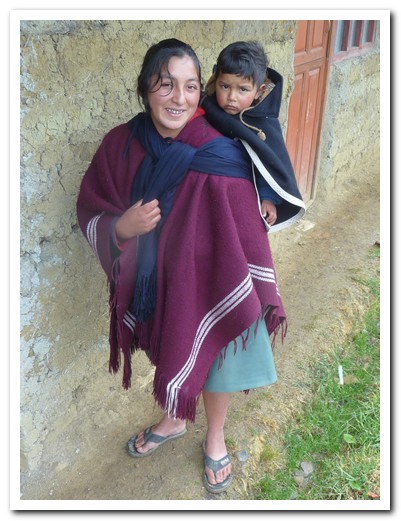
Local woman with child

Typical hat
Cajamarca
09th September 2010
A 12 hour bus ride took us from Chachapoyas to Cajamarca, winding around the mountainsides through spectacular scenery along a narrow dirt road. At times we could not look down when all we could see below was thousands of meters of air. We knew we were in for something special when they handed out sick bags before we left.
.
Cajamarca was the administration centre for the Inca Empire. With its colonial buildings, Cajamarca is the prettiest and the most ¨Spanish¨ city in Peru. It was here the Spanish defeated (massacred) the unarmed Incas in November 1552. ¨Y como los indios estaban sin armas fueron desbaratados sin peligro de ningún cristiano.¨ (¨And as the Indians were without weapons they were destroyed without danger to any Christians.¨) Hernando Pizarro 1553. The only Inca building remaining is the ¨Ransom Room¨ – Atahualpa promised the Spanish a room full of gold and a room full of silver for his release, but was executed anyway.
.
In nearby Baños del Inca is Atahualpa´s own bath where the Spanish found him bathing when they arrived. We visited during the Fiesta de la Virgen de la Natividad. Everyone was in town dressed in their best, including their typical campesino (country folk) hats.
.
The pre Inca Caxamarca civilization were in this region from approximately 300 to 800AD. Evidence of their presence remains in the Otuzco Windows, a necropolis of now empty tombs resembling windows carved into the volcanic hills. Remains of important people who had first been buried in the ground for 2 years were then moved to the necropolis.
.
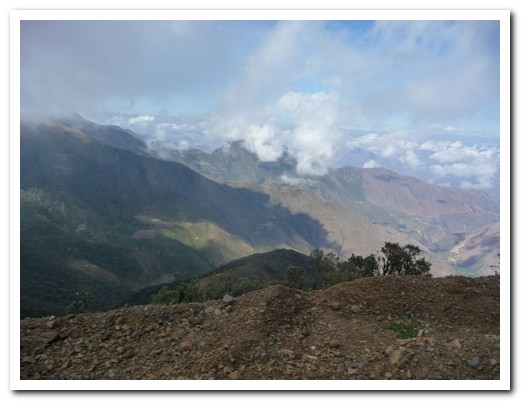
Bus ride 3500 meters up in the clouds to Cajamarca
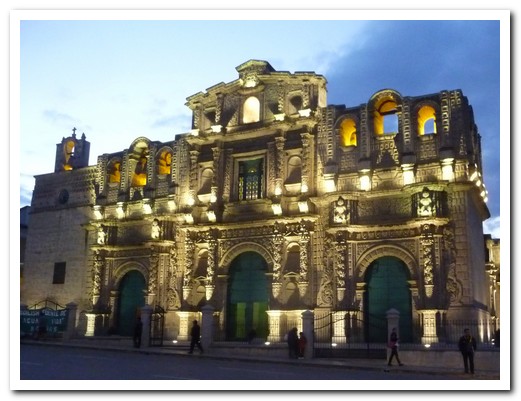
The Cathedral
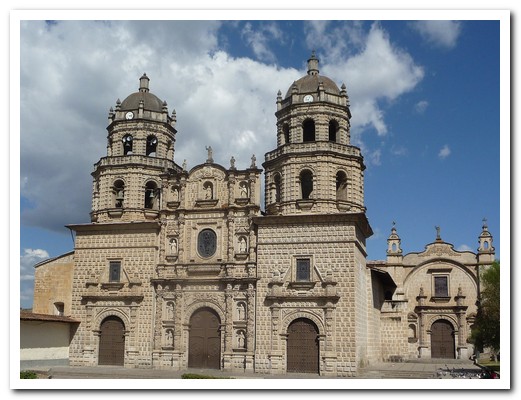
Iglesia San Francisco

Iglesia Las Concepcionistas Descalzas
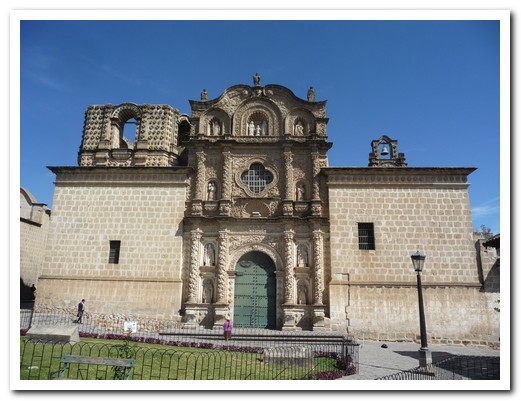
Conjunto Monumental Belén
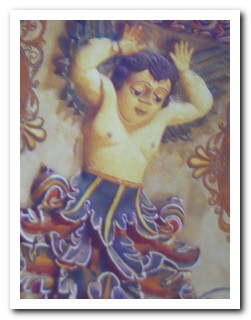
Angel on the ceiling
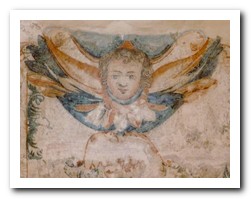
Angel on the wall
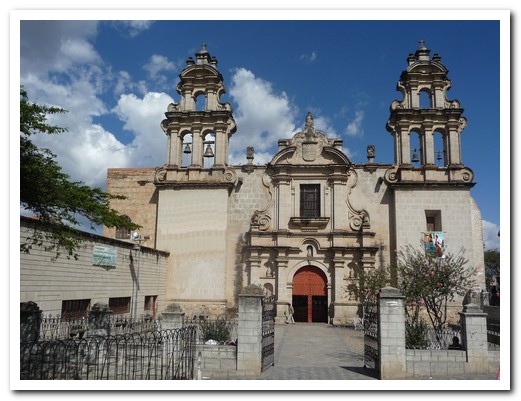
Conjunto Monumental Recoleta
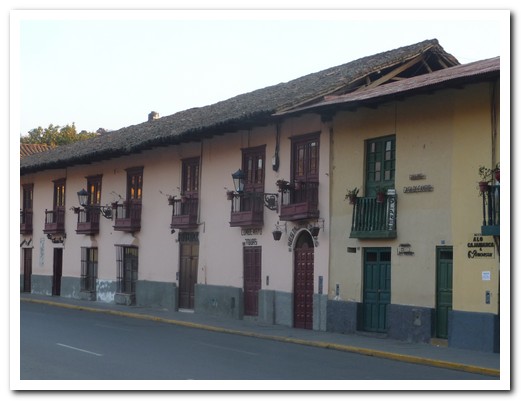
Colonial buildings
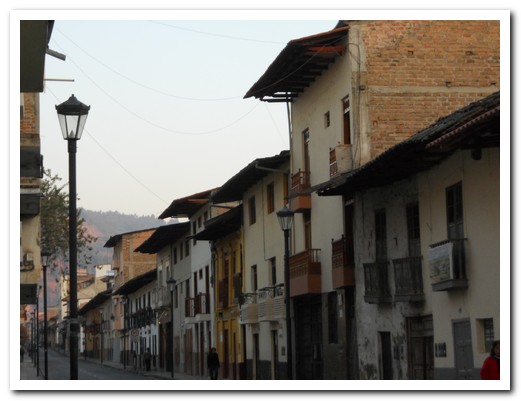
Street in Cajamarca
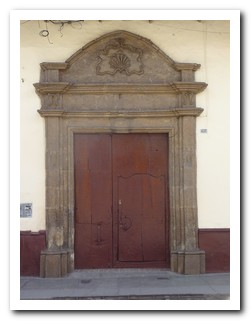
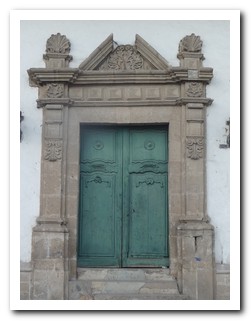
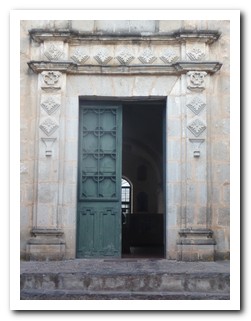
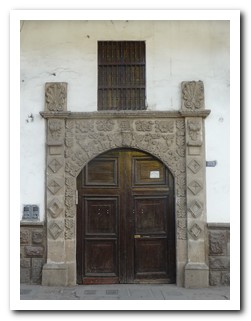
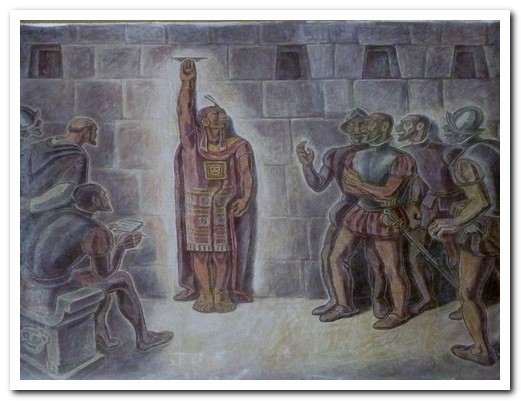
The Inca Atahualpa indicating the height of gold in the Ransom Room
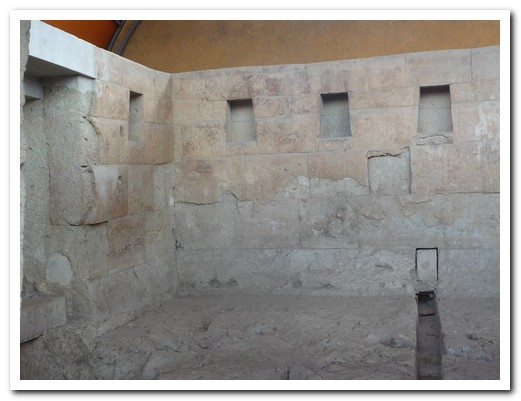
The Ransom Room today
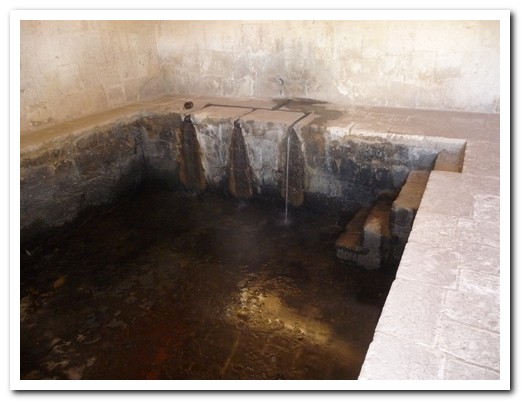
The Inca was taking a bath here when the Spanish arrived
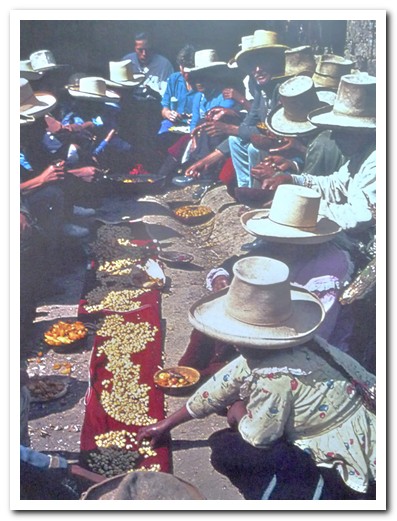
Typical sombreros of the area
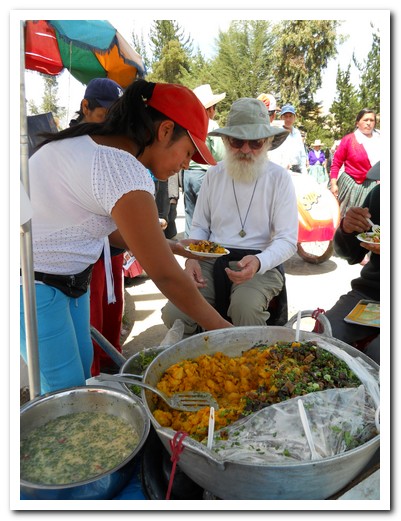
Papas for lunch

Funeral niches ...
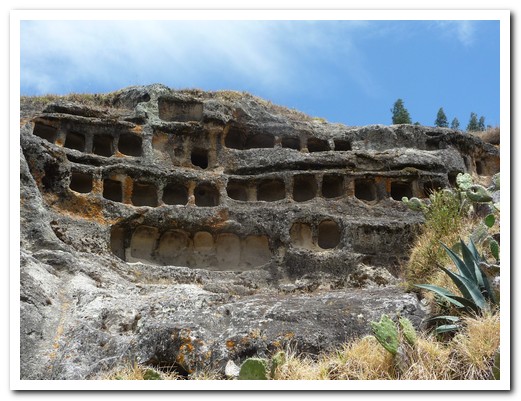
... at the Otuzco Windows
Huaraz
11th September 2010
Our final stop in Peru was Huaraz, 400 kilometres north of Lima. Nestled below the 6000 meter snowy mountains of the Cordillera Blanca and the Cordillera Negra, it is Peru´s adventure capital.
.
The pre Inca Chavín culture occupied this area from approximately 1000 to 500 BC. Their biggest legacy, 109 kilometres from Huaraz, is Chavín de Huántar, a stone temple complex with cabezas clavas (keystones of projecting blocks in the shape of human heads with feline features). It was completed in 800 BC. In 1616 the Spanish monk Vasquez de Espinoza observed: “Junto a este pueblo …. Near this town of Chavín there lies a large edifice made of well carved stones of notable grandeur. It was a Huaca and the shrine of the most famous of the Pagans, like Rome or Jerusalem is to us, to which the native people came to make their offerings, because the devil in this place gave them many oracles, and thus they came from all over the kingdom. Beneath the ground are great halls and rooms.”
.
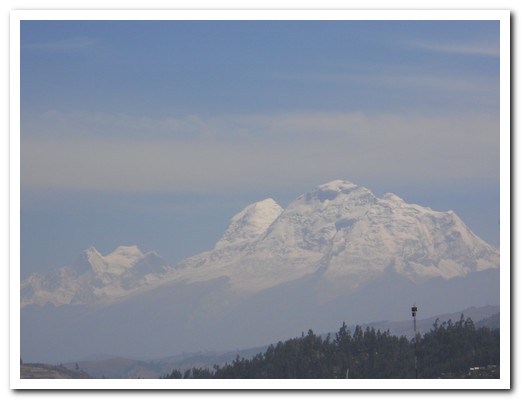
Snowy mountains surround Huaraz

Different town, different hat!

High altitude (4000 meters) lake
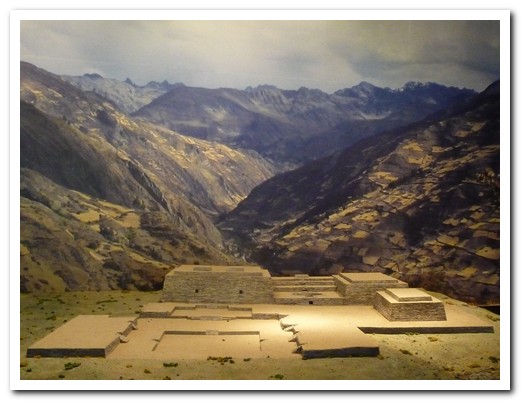
Model of how Chavín de Huántar would have looked
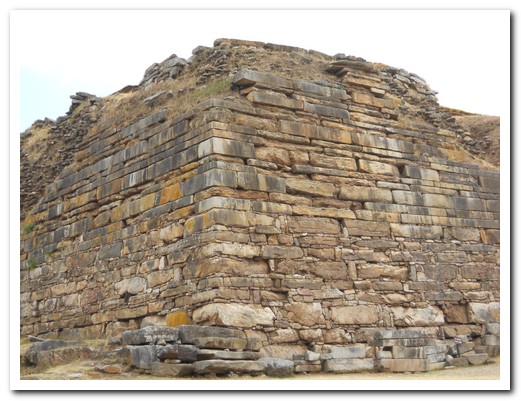
Outside walls
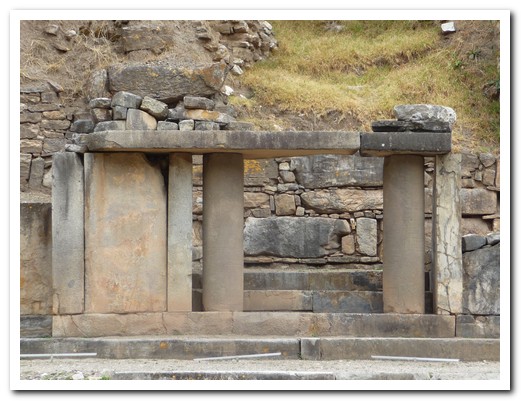
Main entrance
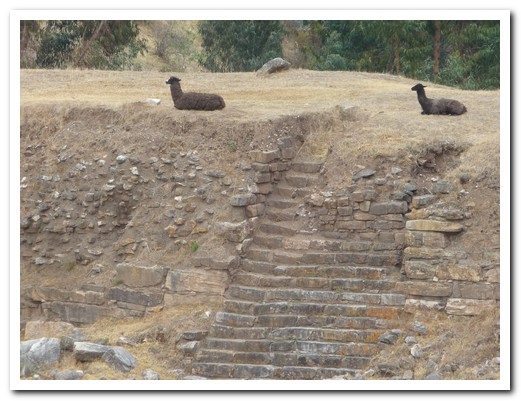
Llamas grazing near the ruins
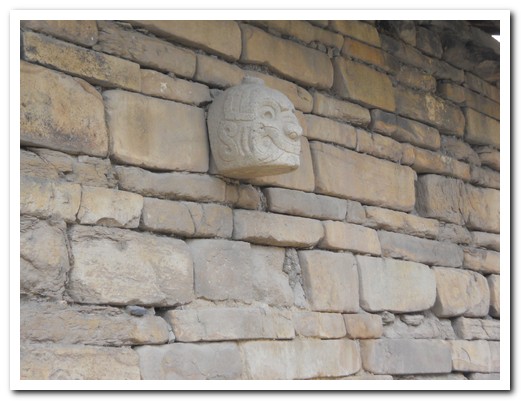
These heads projected from the outside walls around the main building

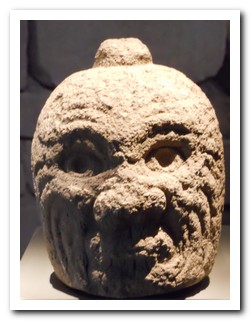

Detail of rock carvings that adorned the circular plaza
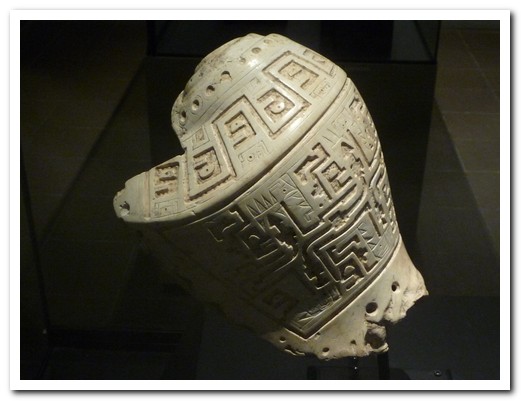
Carved shell used as a trumpet